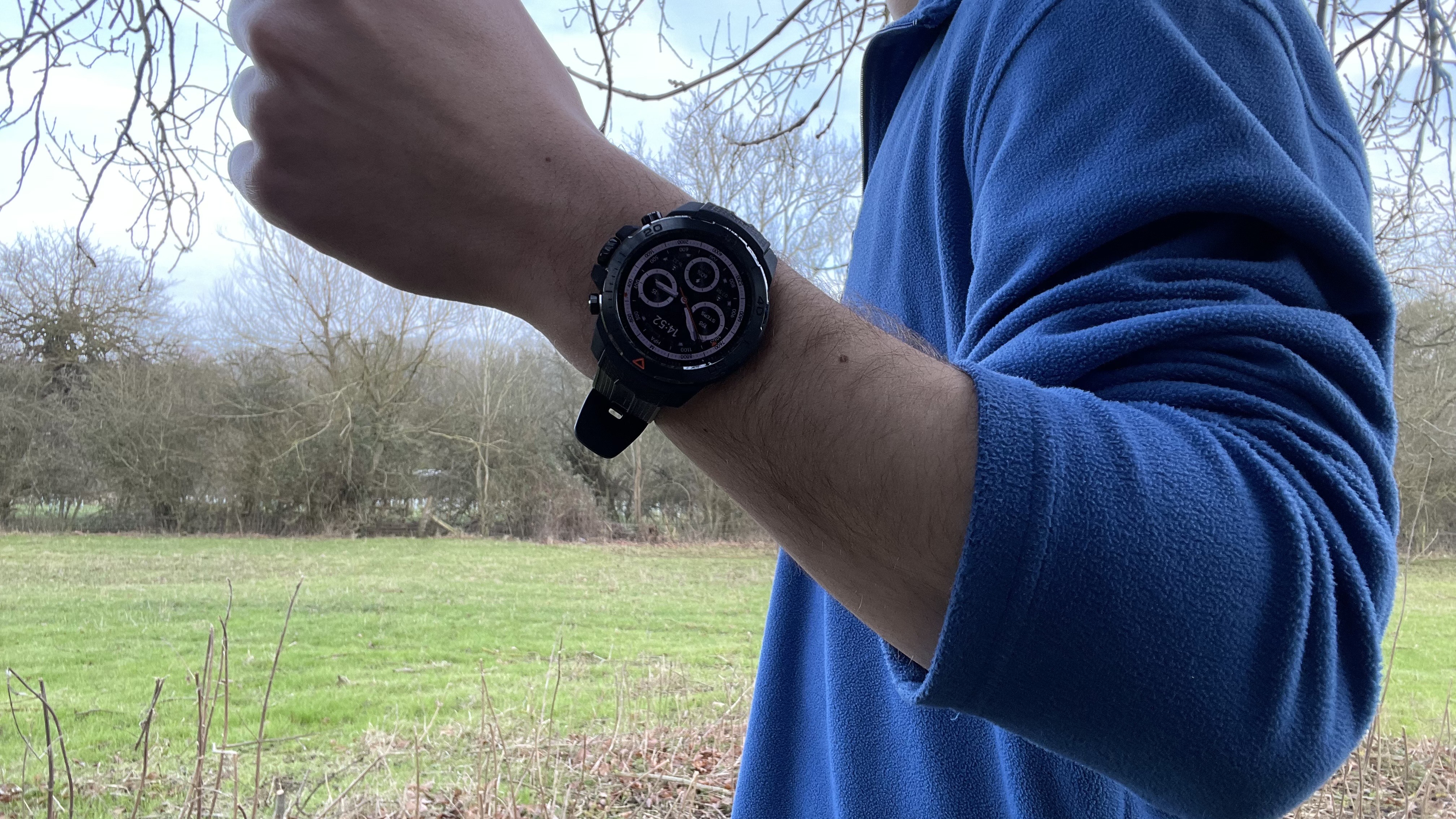Advnture Verdict
This rugged Mibro watch is an affordable option for runners, hikers, and other athletes who want to track their health and performance outdoors. Despite its excellent array of sports modes, multiple handy fitness trackers, and a tough exterior, the Mibro GS Explorer is let down by a couple of clunky features and troublesome GPS.
Pros
- +
Decent health info
- +
Easy-to-use app
- +
Multiple sports modes
- +
Bright AMOLED display
- +
Affordable
- +
Good battery life
Cons
- -
Complicated maps
- -
Clunky bluetooth
- -
Too big for some
You can trust Advnture
First impressions
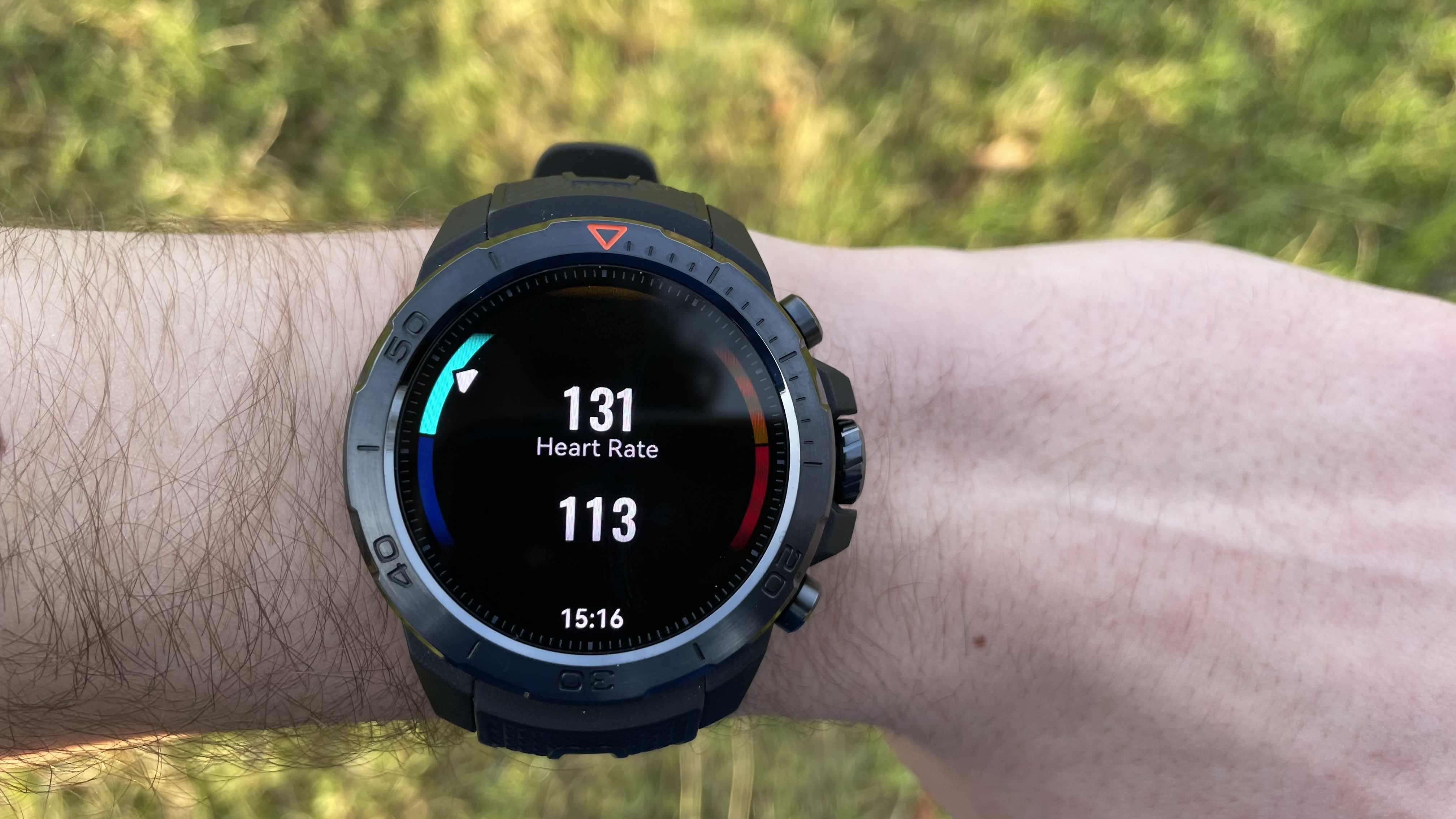
List price: $155 / £123.00
Weight: 2.4oz / 68g
Materials: Fiber-reinforced polymer, Corning Gorilla glass screen, silicone strap
Display size: 1.32in / 3.4cm
Colors: Black / Green / White
Best use: Trail running, hiking, biking, swimming, biking, aerobic exercise
The sports watch market is saturated with multiple high-end options promising to be the perfect companion for your run, hike or other outdoor activity. Models like Garmin's Fenix 8 deliver super-accurate GPS and scores of insightful health information for prices approaching $1,000 (~£750).
These watches are the best of the best but can leave a serious hole in your wallet. That's where the Mibro GS Explorer comes in. Retailing for only $155 / £123), and often dropping below that in the sales, this affordable model boasts many of the same features as a high-end running watch for a fraction of the price.
It's made from fiber-reinforced polymer with a stretchy silicone strap. The bright, 1.32-inch (3.35cm) AMOLED display is protected by a Corner Gorilla lens, a sturdy, scratch-proof glass that – Mibro say – has passed multiple military tests for durability. The watch itself is big, and while it was fine for me, may feel a little clunky to wearers with smaller wrists.
This rugged watch is designed to suit athletes of all passions, with over 150 different sports modes that track and keep a record of your workouts. These modes offer specialized information following each fitness activity. For example, after a trail run, you can access run-specific stats like your cadence, stride length, ground contact time, and vertical oscillation.
You can also view a wide array of health information, thanks to the Explorer's multiple fitness trackers. These include oxygen, heart rate, and scientific sleep monitors.
All of your health and sport-specific information is mapped onto various charts and graphs in the Mibro app. Here, you can also see detailed GPS round-ups of your activity.
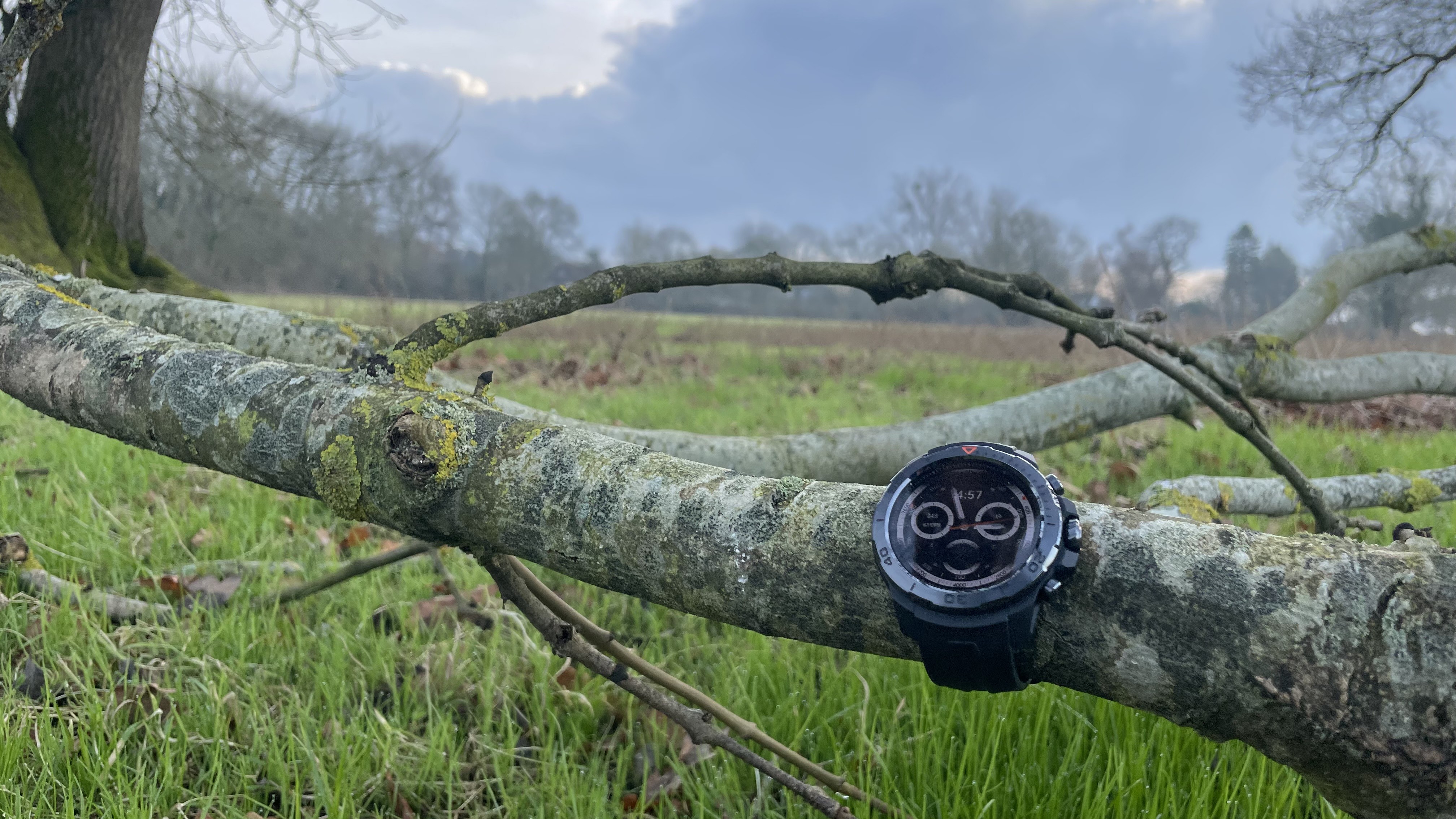
I've worn the Mibro GS Explorer for the past couple of months, putting the GPS watch through its paces and trying out the various sports modes, to see just how good this budget watch really is.
On the trails
Health monitors
The Mibro Explorer GS watch features a decent array of health and fitness trackers, comparable to other watches at its price tag like Garmin's Forerunner 55.
The main trackers measure your heart rate, sleep, stress, blood oxygen saturation, and metabolic energy saturation. Each tracker provides a good level of detail, which is clearly displayed and easily accessible in the Mibro app.
For example, the sleep tracker calculates the amount of time you spend each night in deep sleep, light sleep, REM sleep, and wide awake.
None of this information is in any way groundbreaking, but I found it interesting and was able to put it to good use to improve my sleep and stress levels.
Sports modes and navigation
This watch shines in its 150+ sports modes. During activities, the touchscreen display provides useful, up-to-date information on your levels of activity and progress made.
For example, in the trail running mode, you can swipe through real-time stats detailing your pace, cadence, stride length, and ground contact time, among many others, so you can adjust your efforts mid-run.
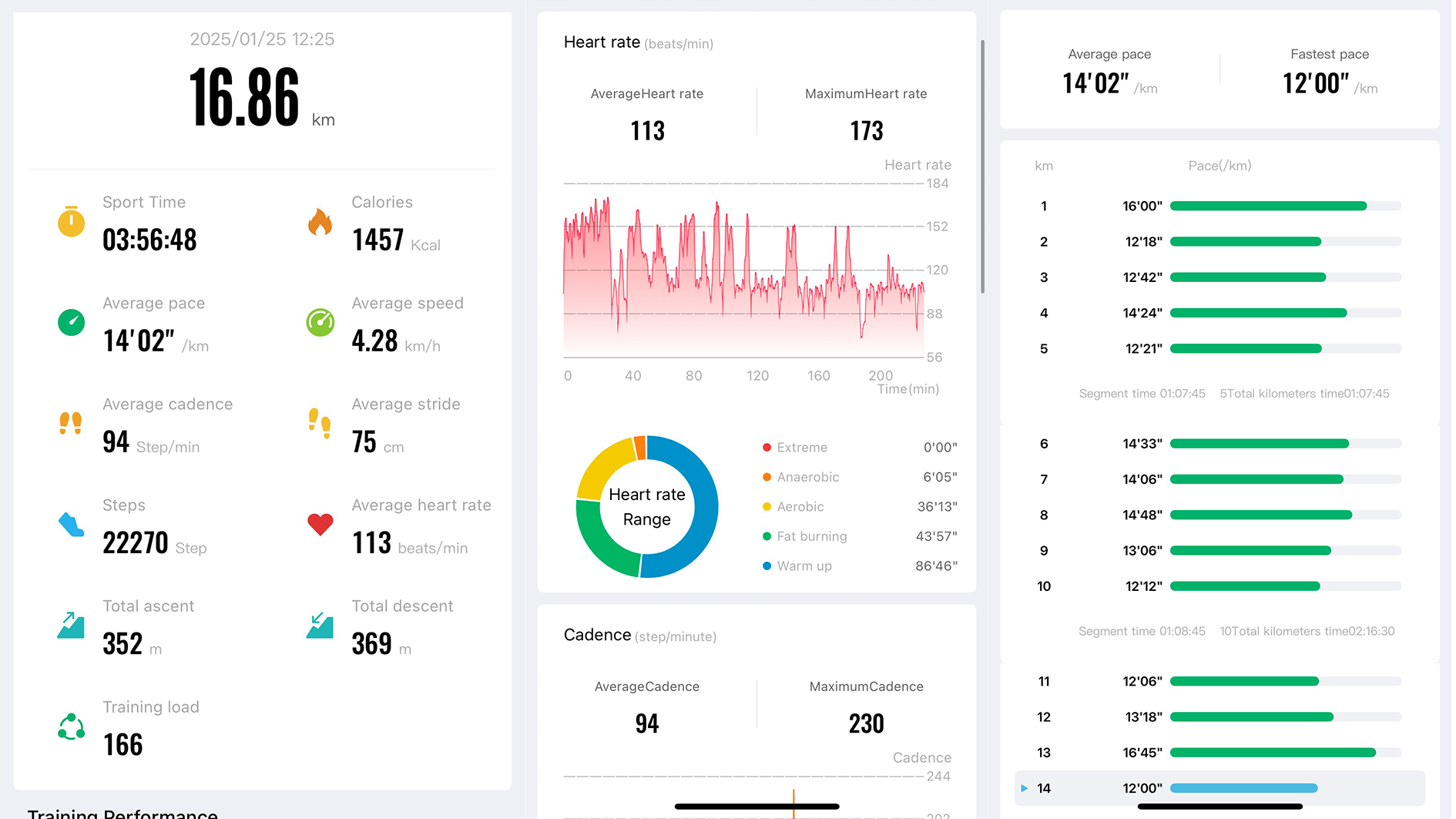
The information provided differs per sport, although many share metrics.
After each activity, you can look over a detailed round-up of your performance, which includes multiple charts and graphs that summarise your health data. There's also a handy recovery time calculator, which tells you exactly when you'll be back to full fitness.
Navigation information is also provided in this round-up. After an activity, you can view a detailed map of your movements which illustrates where you were fastest, where you gained the most altitude, and where your heart rate was highest.
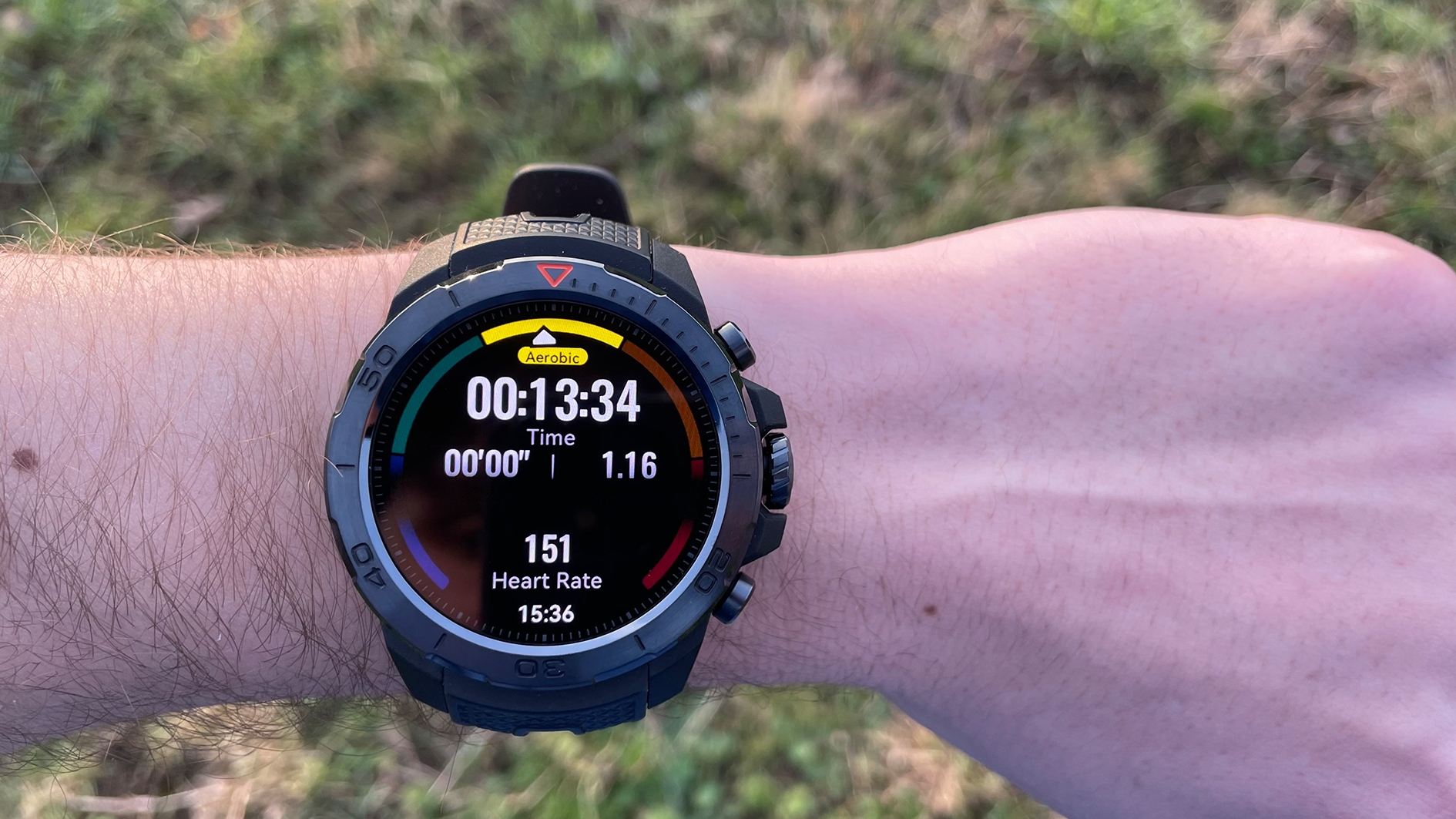
This fun little feature is great if you're keen to beat your PB on a particular route, allowing you to identify and target your slowest areas.
Aside from this, the GPS is a little lackluster. Tracking lines, which are designed to keep you on course, repeatedly went off-route and could not be relied upon for longer distances.
Display and construction
The vivid AMOLED display is very impressive and remains crystal clear in the brightest sunshine. It's also customizable, meaning you can change how your watch face looks at any time and even use your own photos as a background.
The military-tested construction is equally impressive. I put the GS Explorer to good use on the trails and didn't notice a single scratch on the rugged Corner Gorilla glass. The rest of the watch, including its silicone strap, was also durable and didn't fray or degrade at any point during my weeks of wear.
Battery life
The Mibro GS Explorer boasts a decent battery life, especially for its price range. This rugged watch claims a battery life of 60 days in standby mode, 20 in daily mode, and 15 hours in GPS mode.
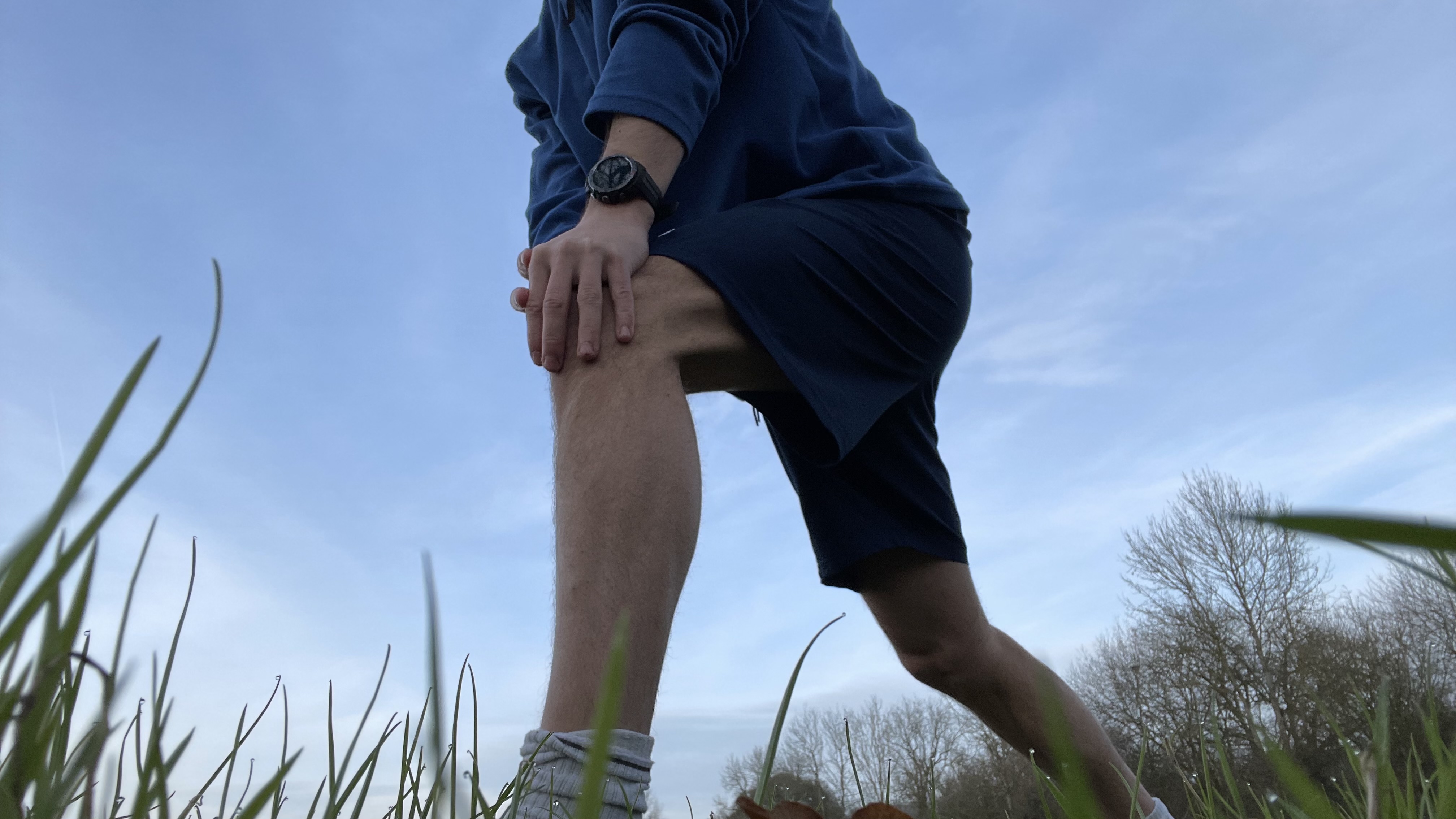
I predominantly used the Explorer in GPS mode and had no battery-related issues. Charging was fast, effective, and pain-free.
Other features
Alongside its standard sport-watch capabilities, the GS Explorer uses Bluetooth to connect to your phone and headphones, alerting you with notifications and controlling music.
While you can't reply to messages, notifications are a handy feature, especially if you don't have your phone on you at all times.
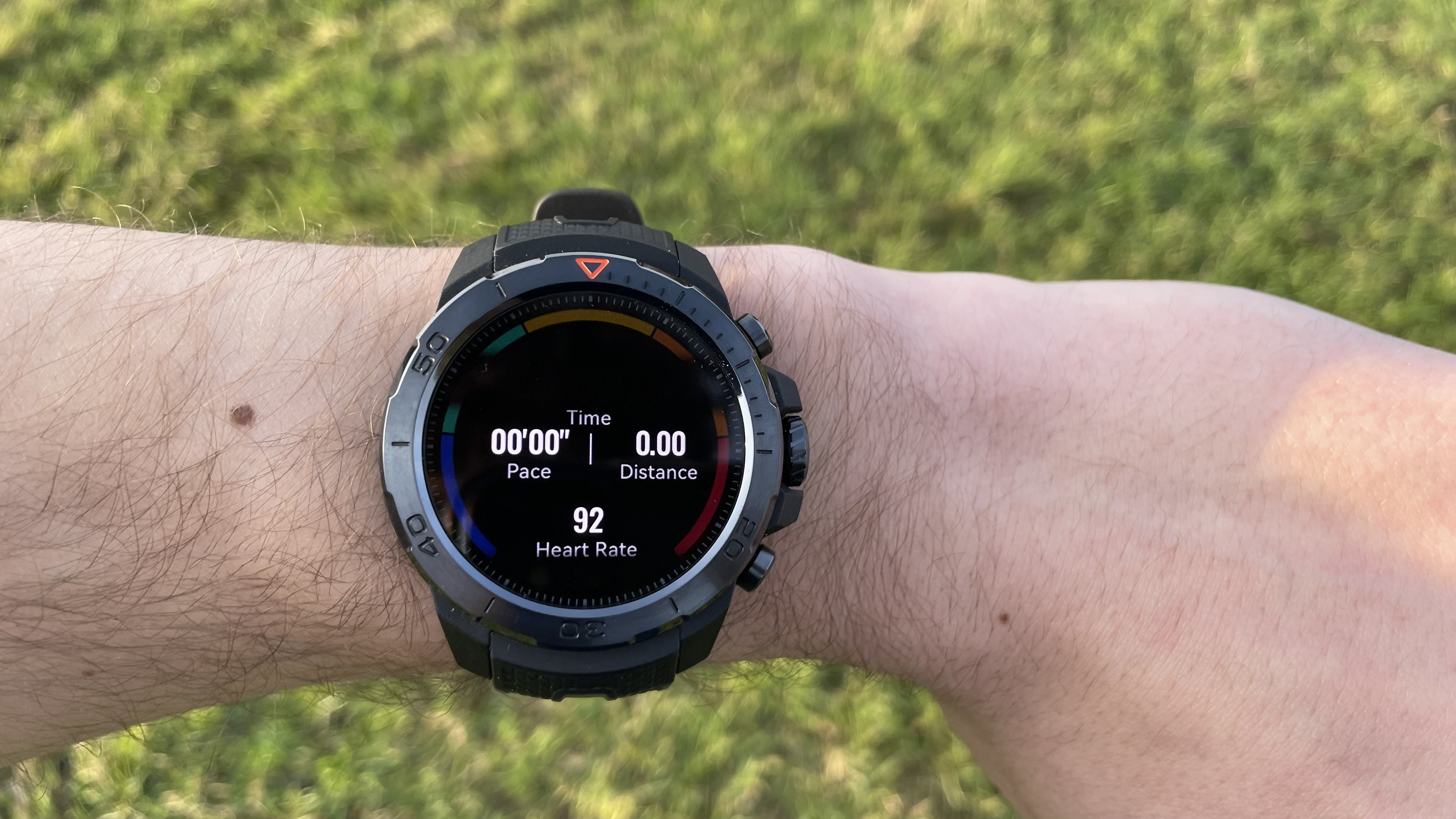
When it worked, the Bluetooth feature was also useful. However, on several occasions, it became stuck on one song or displayed the wrong title, which made song selection a little tricky.
Price
Despite a few flaws, the Mibro GS Explorer watch is good value for money. Its insightful fitness trackers and multiple sports modes are well worth the price tag of $155 (£121).
Some faulty features and unreliable GPS tracking stop this watch from really punching above its price, but it's a great option for athletes keen to learn about their capabilities without splashing the cash.
Also consider
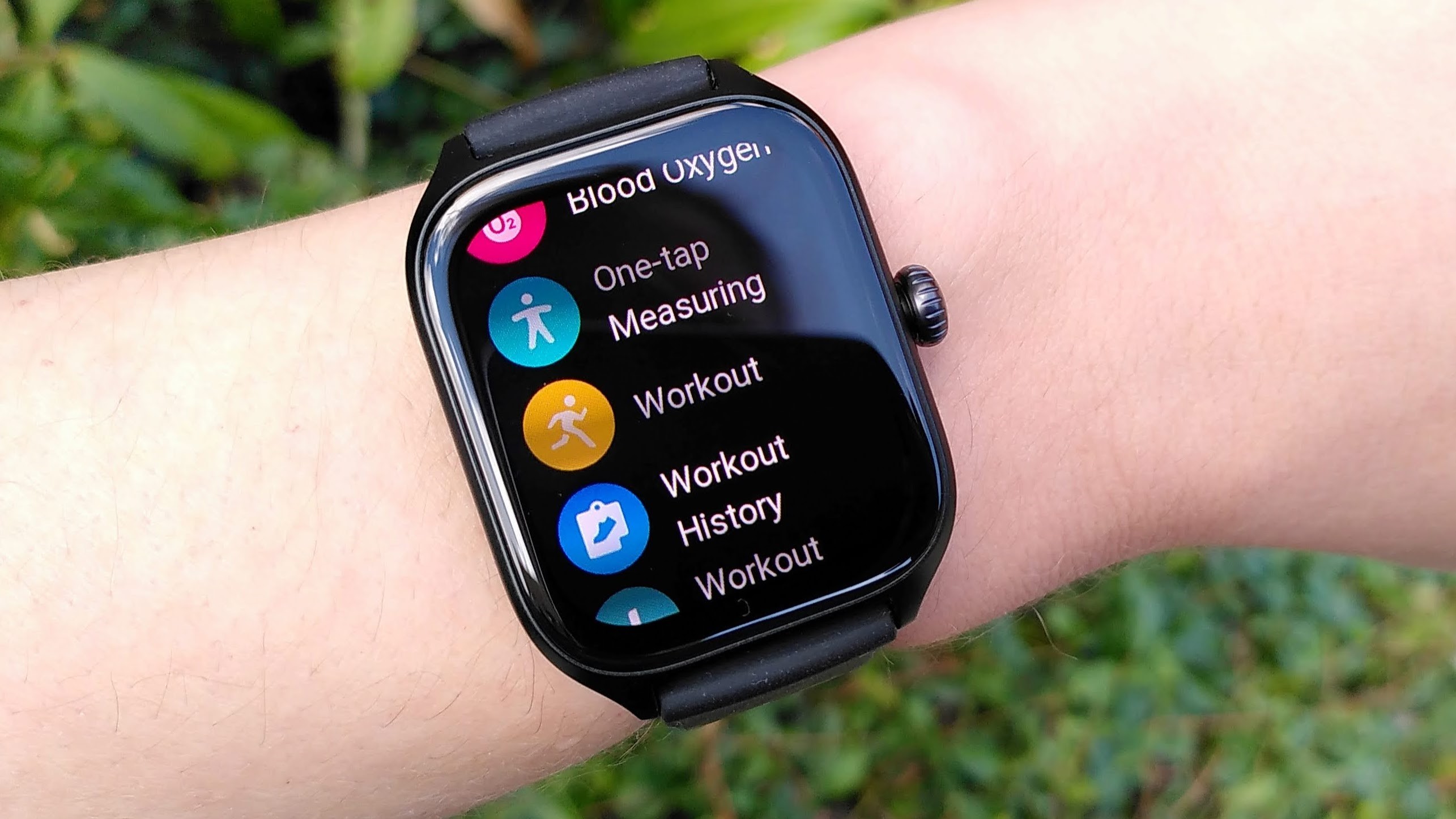
At only $200, the Amazfit GTS 4 provides excellent bang for your buck. Despite its competitive pricing, this reliable Amazfit watch features high-tech dual-band GPS and a bright AMOLED display. This is a great option for beginner and intermediate runners looking to track their health and location in the wilderness.
Read our full Amazfit GTS 4 sports watch review
For
- Affordably priced
- Excellent GPS accuracy
- Bright AMOLED display
- Well crafted interface
Against
- Plain design
- Basic recovery metrics
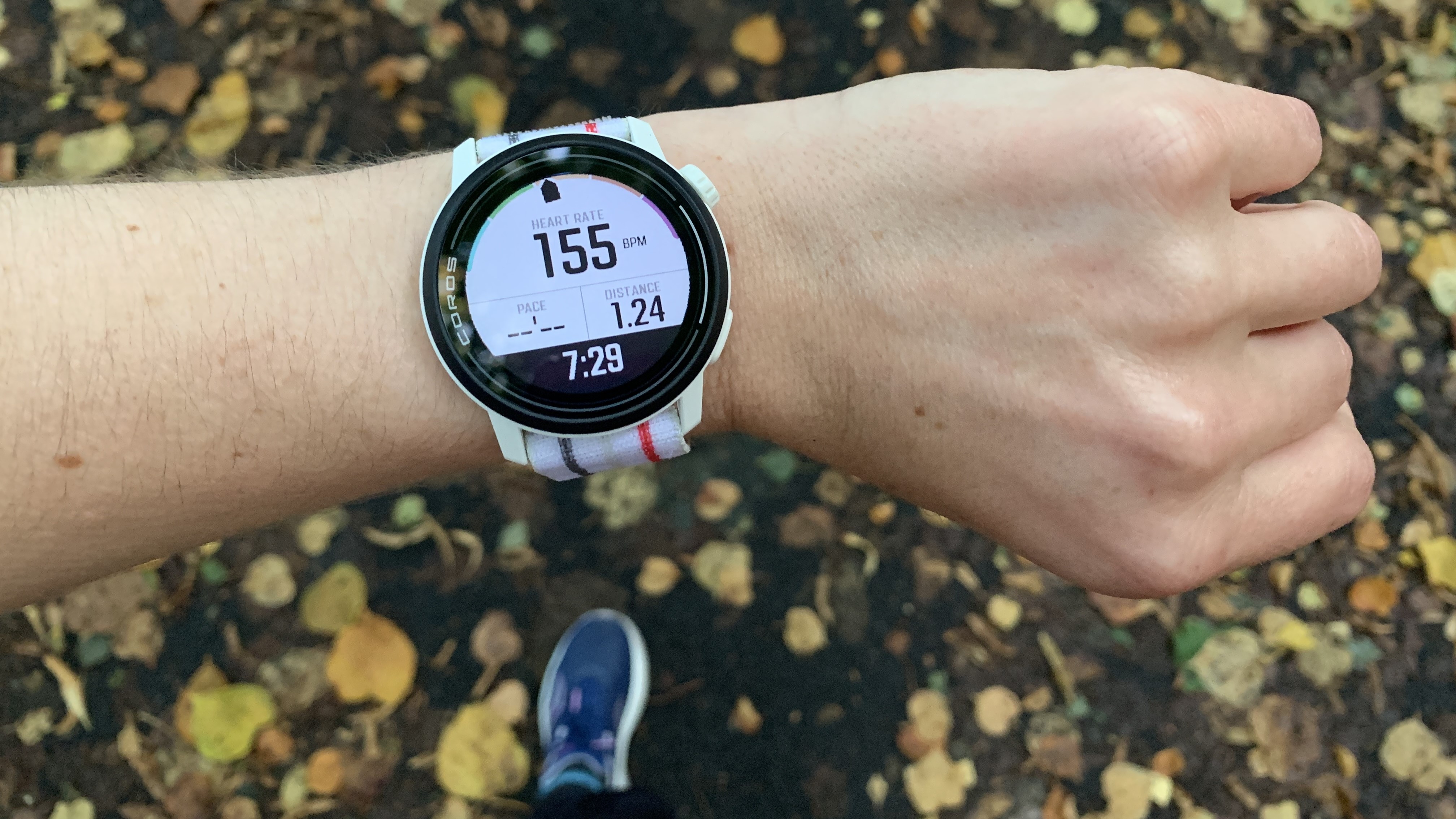
The Coros Pace 3 is a lightweight, budget sports watch which allows you to speed through the wilderness without the clunky feeling of a large or heavy watch. It's also waterproof and provides a range of useful health metrics to help you up your game.
For
- Great battery life
- Easy to use
- Excellent metrics
- Comfy and light
- Stays put when you’re exercising
- Low profile design
- Waterproof
Against
- Lacks smartwatch features
- Uninspiring appearance
- Screen can be hard to read in the sun
Comparison table
GPS sports watch | Mibro GS Explorer | Coros Pace 3 | Amazfit GTS 4 |
|---|---|---|---|
List price | $155 (US) / £123 (UK) | $229 (US) / £219 (UK) | $199.99 (US) / £199 (UK) |
Weight (medium) | 2.4oz / 67.5g | 1oz / 30g | 1.6oz / 46.6g |
Materials | Fiber-reinforced polymer, Corning Gorilla glass screen, silicone strap | Fiber-reinforced polymer case/bezel | Aluminum alloy middle frame, high-gloss sprayed PC bottom shell |
Display size | 1.32In / 3.4cm | 1.2in / 3cm | 1.75in / 4.5cm |
Best use | Trail running, hiking, biking, swimming, biking, aerobic exercise | Trail and road running, pool swimming, open water swimming, triathlon, hiking, skiing, snowboarding and biking | Road and track running, cycling, gym workouts |

Will Symons developed his love of the outdoors as a student, exploring every inch of Sussex’s South Downs national park and wild swimming off the Brighton seafront. Now a Staff Writer for Advnture, Will previously worked as a freelance journalist and writer, covering everything from cricket to ancient history. Like most Advnture staff, Will’s time is rarely spent indoors, he can often be found hiking, wild swimming or playing cricket.
